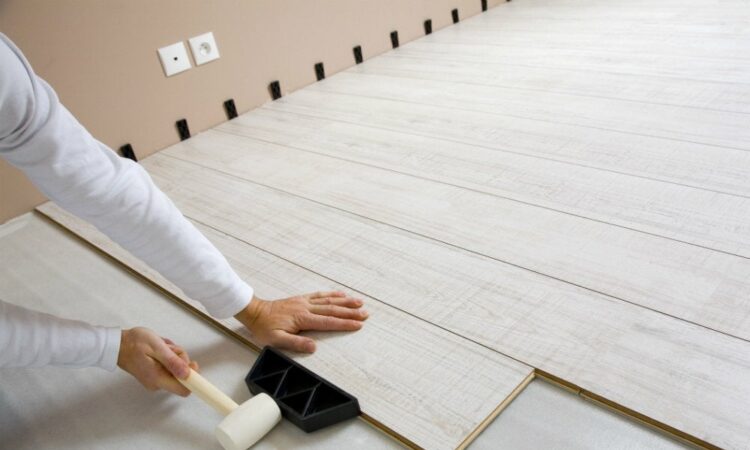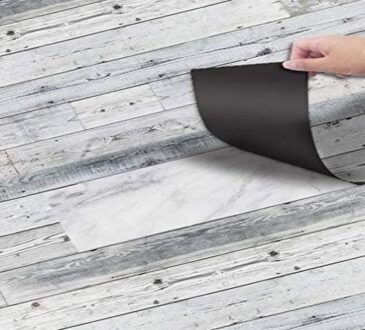
Flooring is one of the most important parts of any home – it’s the foundation on which everything else is built. That’s why it’s important to choose the right type of flooring for your particular home and needs.
There are three main types of floor: hardwood, tile, and carpet. Hardwood is the traditional choice for most homes because its natural color and grain make it look beautiful and stylish. It also wears well over time, making it a long-term investment. Tile is a popular choice in modern homes because its Mohawk or diamond shapes make it look sleek and modern. It’s also easy to clean, so it’s perfect for kitchens and bathrooms. CA carpet is a low-cost option that generally doesn’t last as long as hardwood or tile, but it can be made to look like any other type of flooring with some creative design ideas.
The best way to choose the right flooring for your home is to visit a local flooring store and try out different types of flooring in person. This way you can get a better idea of how each type will look in your specific home layout and style. You can also use online resources like Houzz to help guide you in your selection process.
Benefits of Installing Flooring installation
Floor installation is a great way to add a little bit of extra elevation and comfort to your home. It’s also an excellent choice for people with allergies or sensitivities to certain materials, as Flooring installation is made from natural materials like cork, bamboo, or hardwood that are resistant to allergens.
There are several benefits of installing Flooring installation:
- It can add an extra level of security and insulation to your home.
- It can increase the value of your home by making it more appealing to buyers.
- It’s easy to clean, which is great if you have pets or children in the house.
- It’s a great option for people who are wheelchair-accessible.
Installation Options for Flooring installation
There are a few different installation options for Flooring installation, and each has its benefits and drawbacks.
The most common installation option is to install the floor directly on the ground or in a basement. This is the easiest and quickest way to install the floor, but it can be difficult to keep the floor level and stable over time. Additionally, this type of installation requires professional construction skills, as well as an understanding of building codes.
Another option is to install the floor on a baseboard or wall jack. This allows you to raise the floor up without having to raise the entire room. However, this method requires more work than installing on the ground because you have to take into account the height of your walls as well as your ceiling height. It also doesn’t allow you to move or adjust the height of the floor easily, so it’s not ideal if you need flexibility in your design.
The final option is to install a floating floor system. These systems use heavy-duty casters so that you can move them around easily; they also have built-in leveling mechanisms that ensure that the floor stays level even when you make small adjustments. However, these systems are generally more expensive than other options and require specialist installation skills.




